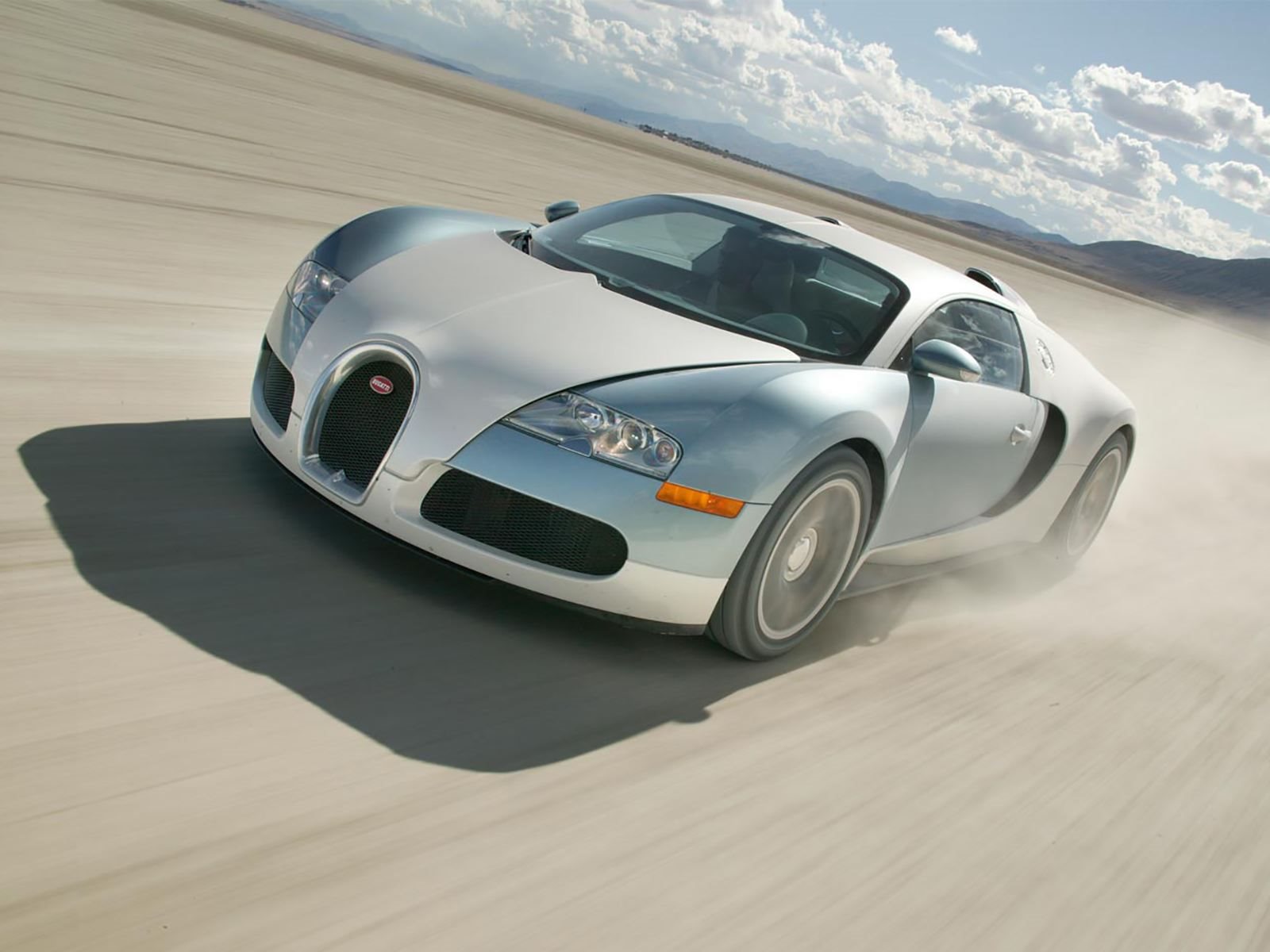Pre-production car was speeding at Nardo track at nearly 400 kph when a tire burst.
A video that was taken several months ago shows an incident that occurred during the creation of the Veyron. It was Sunday morning in 2002 or 2003, and Bugatti was running a preproduction version of its W16 beast at the Nardo high speed test track. Loris Bicocchi (ex-Lamborghini technician) was behind the wheel. He was also part of the development of the predecessor to the Veyron, the EB110.
One of the Veyron’s first tests, back in the days when it was a support vehicle for the engine/gearbox, went horribly wrong. Bicocchi was given the task of running two laps around the circuit in Italy, at full throttle. The front-right tire burst towards the end. The test vehicle was travelling at speeds close to 400 km/h (248 mph) at that point. The front hood of the vehicle smashed into the windshield and took the fender.
Lucky for us, the Veyron’s right-rear tire burst after it collided with the guardrail. This also severely damaged the rear suspension. Bicocchi struck the side window with the force of the impact. However, he was wearing his helmet, which may have broken the glass.

Bugatti’s test driver was temporarily blinded by the cabin’s increased pressure. As if that wasn’t enough, smoke began to penetrate the cabin through a hole in its back. This hole was used to connect the engine with the computers inside via a multitude of wires. It was also evident that the engine’s oil and the gearbox’s caught on fire.
The car wouldn’t stop after he applied the brakes to the Veyron. This was because the brake system had failed following the crash. Bicocchi, who had no visibility and no brakes, decided to steer the car to stop it from accelerating. His split-second decision was a brilliant one, and the Veyron finally stopped. Aftermath? Damaged guardrail 1.8 km (5,905 feet). Although the Nardo Technical Centre sent him an invoice for damages, Bugatti paid the bill.
The Veyron, which was made of aluminum at the time, was difficult to get out of. Bicocchi managed to kick it a few times before finally escaping from the wreckage. The car crashed at 248 mph but its frame was strong enough to withstand multiple shocks.
Although the incident was horrifying, Bicocchi continued to play and served as a test driver on the Chiron, which is the successor to the Veyron.